Chapter 2
Resuscitation equipment in the dental practice
INTRODUCTION
It is recommended that resuscitation equipment for any medical emergency or cardiopulmonary arrest should be standardised throughout dental practices in the United Kingdom (Resuscitation Council (UK), 2013). Successful resuscitation partly relies on the availability and correct functioning of resuscitation equipment (Dyson and Smith, 2002). The Resuscitation Council (UK) (2013) has made recommendations on the provision and use of resuscitation equipment in the dental practice. Other additional equipment will be required if the dental practice undertakes sedation.
All dental staff who may be involved in dealing with a cardiopulmonary arrest or a medical emergency must be prepared to deal with it (General Dental Council, 2006). Procedures must therefore be in place to ensure that the recommended resuscitation equipment is immediately available and in working order. In addition, dental staff must know where it is stored within their working area and how to use it safely and effectively (Greenwood, 2009; Resuscitation Council (UK), 2013).
The aim of this chapter is to discuss the provision of resuscitation equipment in the dental practice.
RECOMMENDED MINIMUM RESUSCITATION EQUIPMENT IN THE DENTAL PRACTICE
The Resuscitation Council (UK) (2012, 2013) recommends the following minimum equipment for the management of a medical emergency or cardiopulmonary arrest in the dental practice.
Airway equipment
- Set of oropharyngeal airways sizes 1, 2, 3 and 4 (Figure 2.1).
- Portable suction device with appropriate suction catheters and tubing (Figure 2.2), e.g. Yankauer Sucker.

Figure 2.1 Oropharyngeal airways.
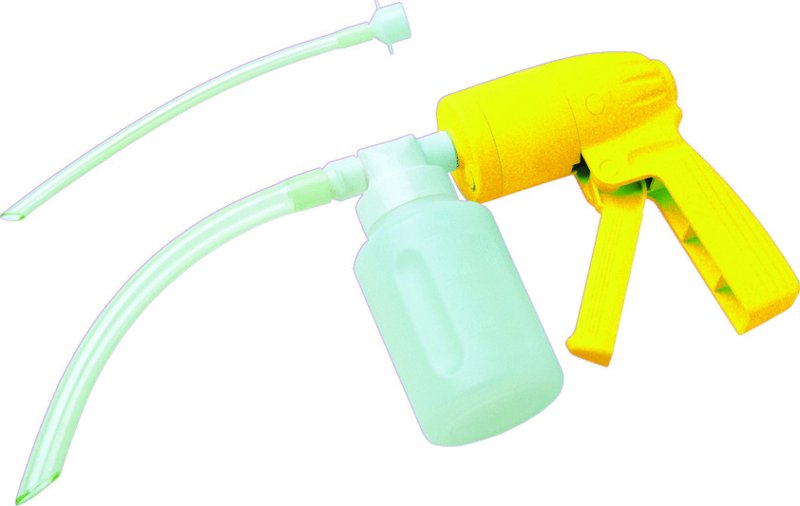
Figure 2.2 Portable suction device. Source: Timesco, Basildon, UK. Reproduced with permission.
Breathing equipment
- Pocket mask with oxygen port (Figure 2.3).
- Self-inflating resuscitation bag with oxygen reservoir and tubing (Figure 2.4) (if local staff have been trained to use it).
- Selection of well-fitting adult and child face masks for attaching to the self-inflating bag.
- Oxygen face mask with oxygen reservoir and tubing (Figure 2.5).
- Portable oxygen cylinder (D size) with pressure reduction valve and flowmeter (Figure 2.6).
- Oxygen cylinder key (if appropriate).
- ‘Spacer device’ for inhaled bronchodilator.
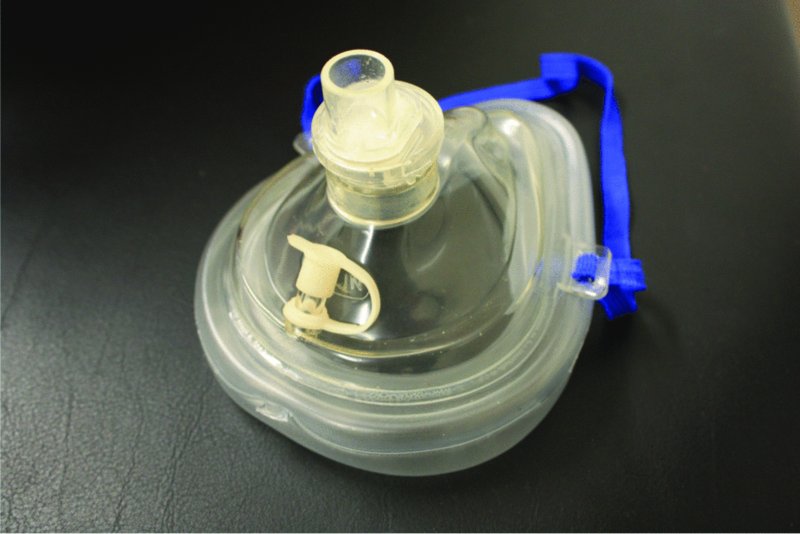
Figure 2.3 Pocket mask with oxygen port.
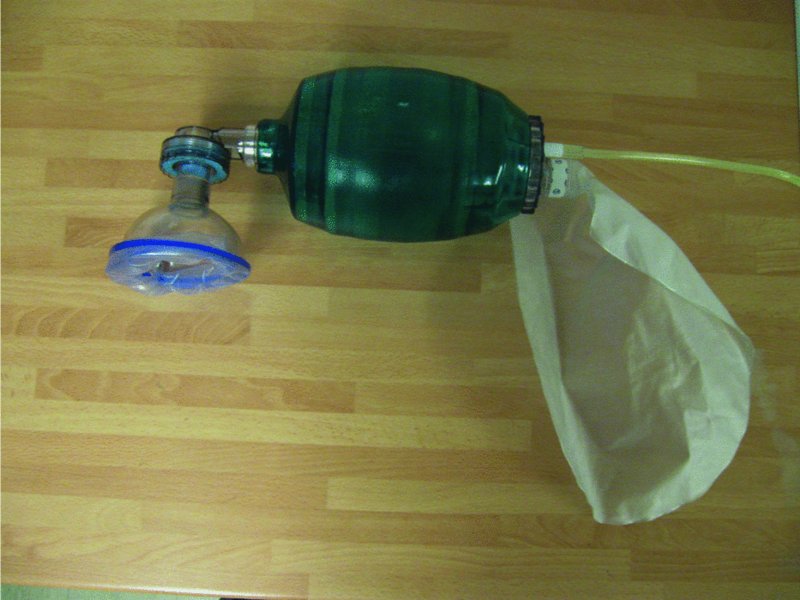
Figure 2.4 Self-inflating resuscitation bag with oxygen reservoir and tubing.
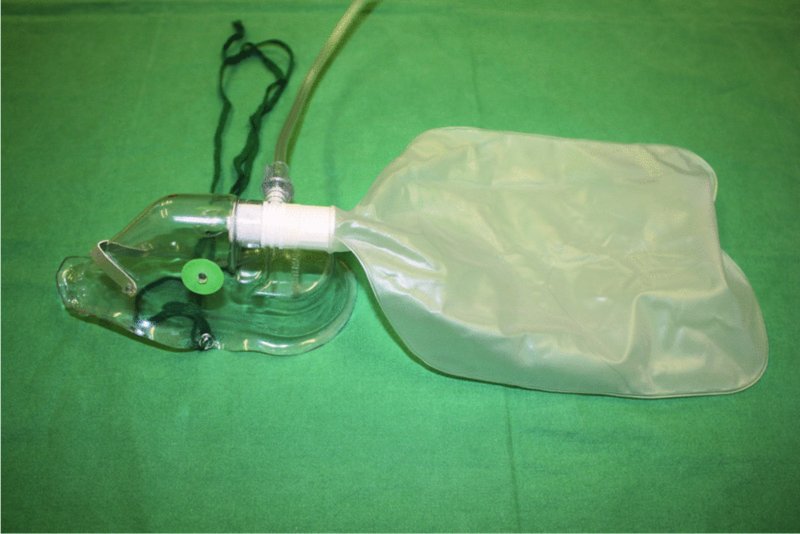
Figure 2.5 Oxygen face mask with tubing.
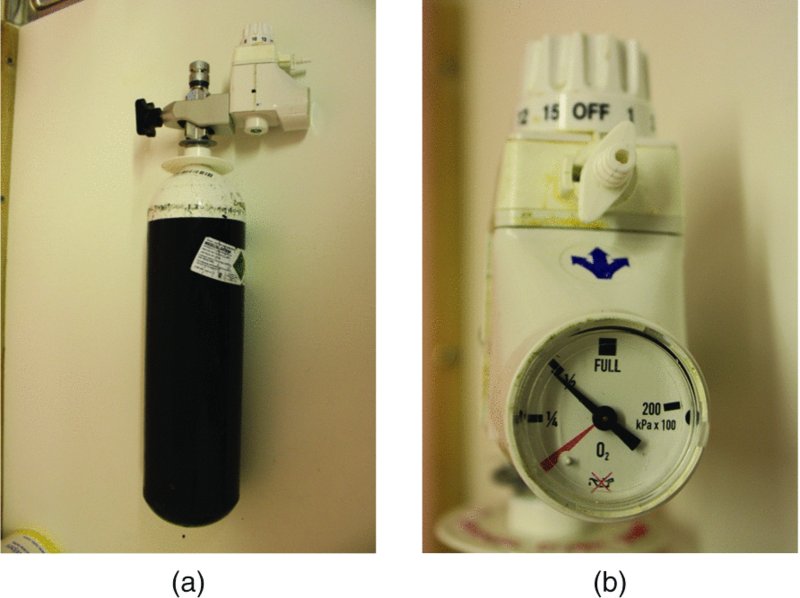
Figure 2.6 (a) Portable oxygen cylinder (D size) with (b) pressure reduction valve and flowmeter.
Circulation equipment
- Automated external defibrillator (AED) (Figure 2.7) (with defibrillation electrodes, pair of heavy duty scissors and a razor).
- Sterile syringes — e.g. 1 or 2 ml syringes for drawing up adrenaline 1:1000 solution from an ampoule.
- Sterile needles — size 23 gauge (blue) (suitable for most age groups) and size 21 gauge (green) for larger adults (Department of Health, 2013).
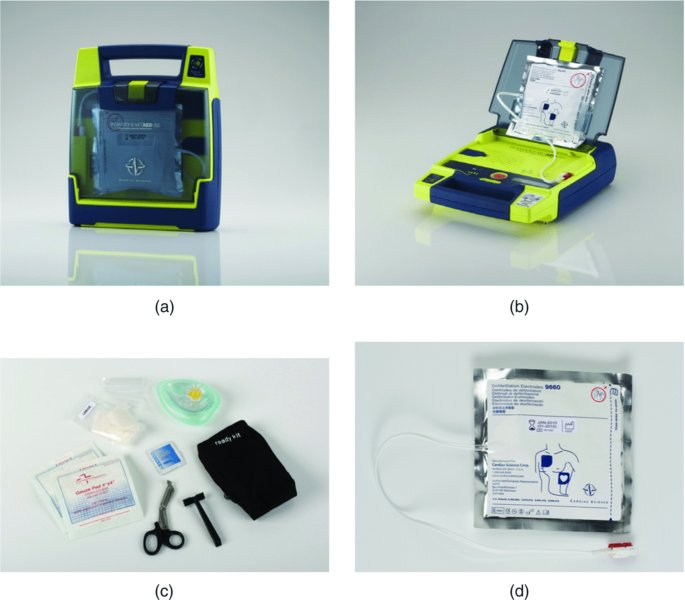
Figure 2.7 Automated external defibrillator (AED) (a) closed, (b) open, with (c) defibrillation electrodes, a pair of heavy-duty scissors and a razor, and (d) adult pads.
Drugs
- Glyceryl trinitrate (GTN) spray (400 μg/dose).
- Salbutamol aerosol inhaler (100 μg/actuation).
- Adrenaline injection (1:1000, 1 mg/ml).
- Aspirin dispersible 300 mg.
- Glucagon injection 1 mg.
- Oral glucose solution/tablets/gel/powder.
- Midazolam 10 mg (buccal or injection).
(Source: British Medical Association & Royal Pharmaceutical Society of Great Britain, 2013)
Additional items
- Automated blood glucose measurement device (Figure 2.8/>
Stay updated, free dental videos. Join our Telegram channel

VIDEdental - Online dental courses


